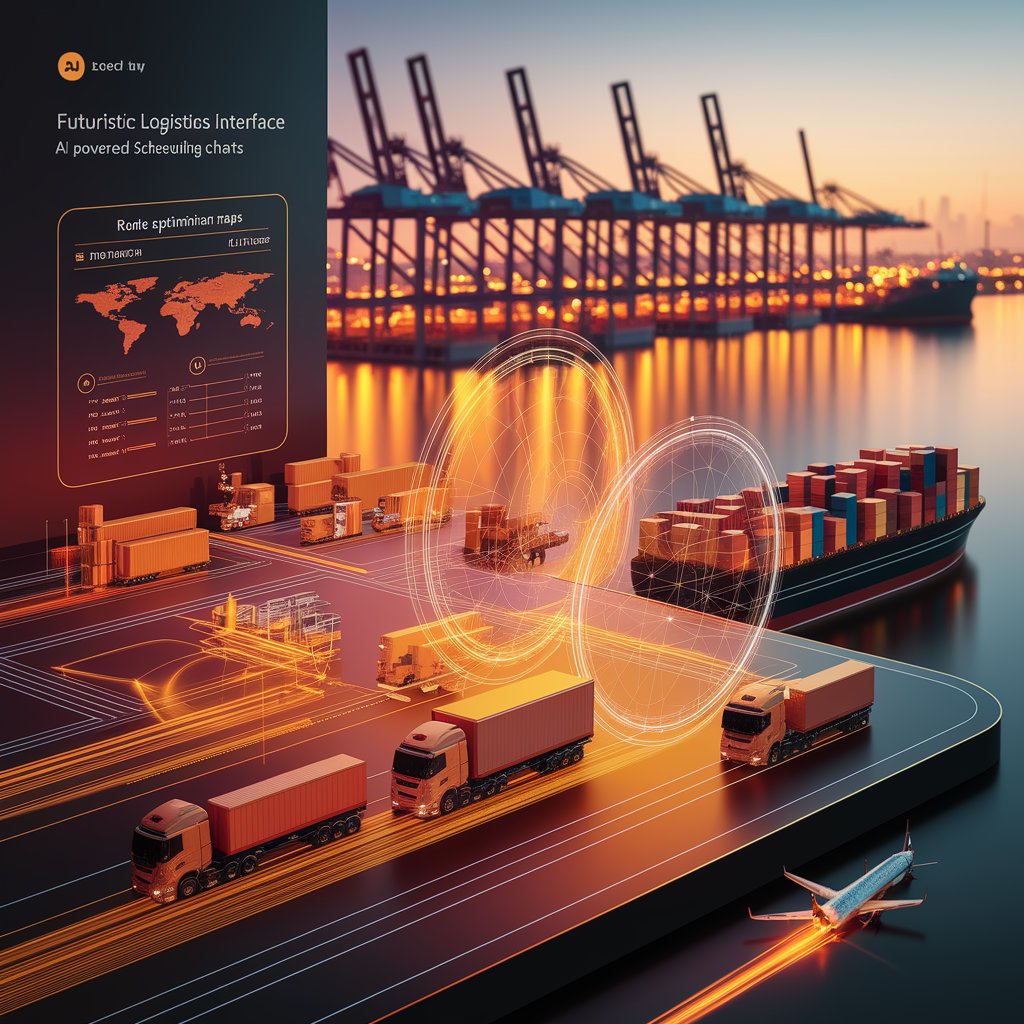Logistics Optimization Algorithms: Powering Smarter, Faster Supply Chains

Introduction
That’s why businesses are adopting logistics optimization algorithms. These AI-driven mathematical models evaluate millions of possibilities in real time, helping companies minimize costs, increase efficiency, and enhance service reliability.
What Are Logistics Optimization Algorithms?
Logistics optimization algorithms are computational models that analyze supply chain variables—such as demand, inventory, fleet capacity, and route constraints—to deliver the best possible solution.
Instead of relying on intuition or static spreadsheets, these algorithms calculate optimal strategies for:
- Transportation routes
- Warehouse placement and picking sequences
- Carrier selection
- Inventory replenishment
- Workforce scheduling
They transform logistics from reactive operations into proactive, data-driven systems.

Key Types of Logistics Optimization Algorithms
- Routing Algorithms – Shortest path, vehicle routing problem (VRP), and dynamic rerouting.
- Inventory Optimization – Safety stock calculation and reorder point algorithms.
- Scheduling Algorithms – Workforce and fleet scheduling with time windows.
- Network Optimization – Facility location and distribution flow balancing.
- Metaheuristic Algorithms – Genetic algorithms, simulated annealing, and ant colony optimization for complex logistics.
- Machine Learning Models – Predictive algorithms learning from past logistics patterns.
Benefits of Logistics Optimization Algorithms 📈
- Cost Reduction – Minimize transportation, warehousing, and labor expenses.
- Efficiency Gains – Optimize asset utilization and resource allocation.
- Faster Deliveries – Improve last-mile logistics and reduce delays.
- Risk Mitigation – Respond quickly to disruptions with algorithmic adjustments.
- Customer Satisfaction – Deliver on time with accurate ETAs.
- Sustainability – Optimize routes to lower fuel consumption and emissions.

Real-World Applications
- Freight Forwarders – Optimize trade lanes and container load planning.
- Carriers – Reduce empty miles with algorithmic fleet scheduling.
- E-commerce Companies – Improve last-mile delivery and returns processing.
- Cold Chain Logistics – Plan routes that minimize temperature fluctuation risks.
- Global Shippers – Streamline multi-modal transport flows across regions.
Challenges in Logistics Optimization Algorithms
- Complexity of Real-World Constraints – Weather, traffic, and regulations complicate optimization.
- Data Quality Issues – Poor or incomplete data reduces algorithm accuracy.
- Integration Barriers – Legacy ERP, WMS, and TMS systems may limit adoption.
- High Computation Costs – Advanced algorithms require strong computing power.
- Change Resistance – Teams may prefer manual decision-making over algorithmic outputs.

Best Practices for Success
- Start with High-Impact Use Cases – Apply algorithms to routes or costs with the biggest savings potential.
- Ensure Clean Data Inputs – Accurate and standardized data improves algorithm performance.
- Leverage Hybrid Models – Combine traditional optimization with AI/ML for best results.
- Integrate with Existing Systems – Ensure algorithms feed into ERP, WMS, and TMS tools.
- Balance Automation with Human Oversight – Use planners to validate algorithmic decisions.
- Measure ROI Continuously – Track cost savings, efficiency gains, and service improvements.
The Future of Logistics Optimization Algorithms 🚀
- Real-Time Adaptive Algorithms – Continuously updating with live IoT and GPS data.
- AI-Powered Metaheuristics – Smarter solvers for extremely complex logistics problems.
- Blockchain-Enhanced Optimization – Secure and transparent data for global flows.
- Digital Twin Integration – Simulating supply chains before applying real-world changes.
- Sustainability-Focused Algorithms – Prioritizing greener routing and carbon reduction.
Conclusion
Logistics optimization algorithms are redefining how companies plan and execute supply chains. By calculating the most efficient routes, schedules, and resource allocations, these algorithms save money, reduce risks, and improve customer service.
For freight forwarders, carriers, and global shippers, adopting logistics optimization algorithms isn’t just about automation—it’s about building the intelligent, adaptive supply chains of the future.
